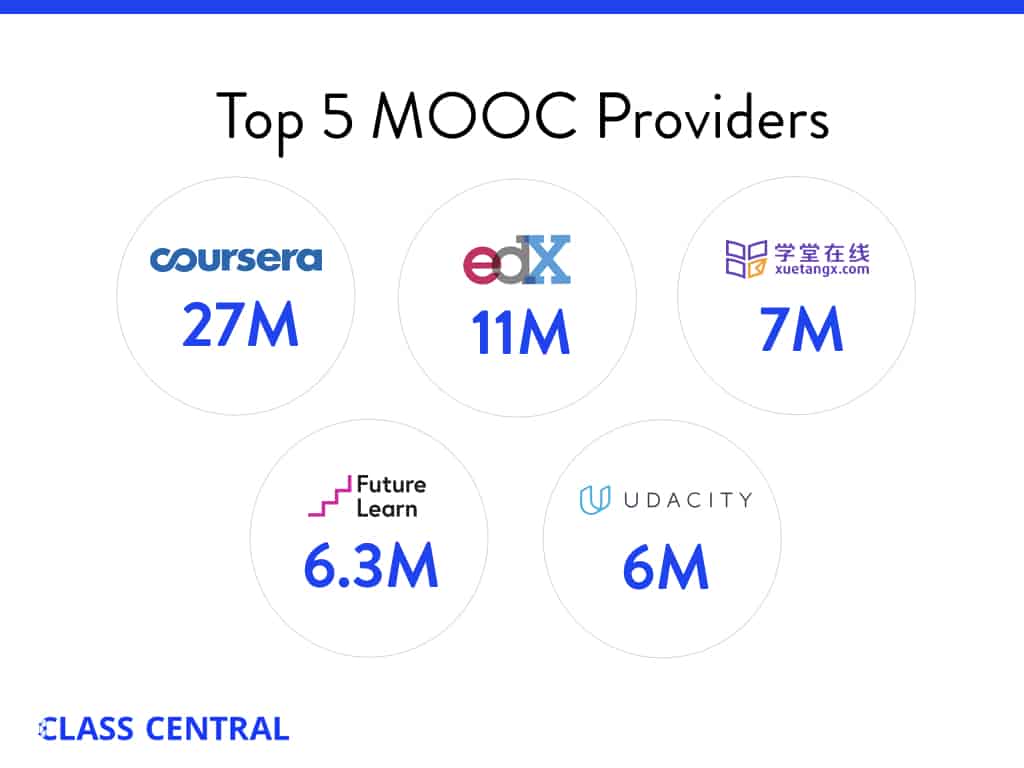How to Choose the Best MOOC for You
Prolific MOOC taker Pat Bowden shares her insights on how to choose the right MOOC for you
According to Class Central, MOOCs first became available in 2011. Their popularity has grown so rapidly that by the end of 2016, nearly 7,000 free and low cost MOOCs were listed, and more are appearing each month.
The largest MOOC platforms are Coursera, edX, and FutureLearn, currently providing nearly 4,000 courses between them. These platforms partner with universities and other institutes to present MOOCs in the form of videos, readings, and assessments. The field is changing rapidly, with fewer courses available for free and more courses aimed at students who are willing to pay for certification to help advance their careers.

Finding Courses
With so many courses available, it can be hard deciding which course to do. You can go into a MOOC platform and explore its courses, or simply search for a subject by typing “XXXXX MOOC” into your search engine, where “XXXXX” is your subject of interest. If you are keen to study with a particular university, add its name to your search.
You may want to consider whether a course is self-paced or runs to a set timetable. If self-paced, do you have the motivation to complete it? If there is a tight schedule, will you be able to complete each week’s work on time? On the other hand, if you have plenty of time right now but next month is busy, is the course flexible enough for you to finish it early?
Class Central catalogues and describes courses from many different providers, and includes reviews written by past students. Read the description and student reviews on Class Central, then click into the course link for more details before deciding whether or not to sign up. With the trend towards paid courses, look for a free option if you are unwilling to pay money for your course.
Do I Need any Prior Knowledge?
See if there are prerequisites (what is helpful to know before starting the course). For example, if you did not do physics in high school, you will find that a course which recommends a knowledge of high school physics is very difficult. On the bright side, there may be a more basic MOOC that can give you just the background you need. Alternatively, you can just enroll anyway and read books or watch YouTube videos for the information, or ask plenty of questions on the course forums. This will substantially increase the time needed to fully understand the course, but gives you a huge sense of accomplishment if you manage to complete it.
How Much Time Will I Need?
Check the recommended time commitment. How much time can you realistically spend each week? Now look for courses below this maximum. It is not unusual to need more than the recommended time. Alternatively, you may be able to zoom through the course in much less time.
Enrolling in a Paid MOOC?
If you enroll in a paid MOOC and decide you don’t like it and want to withdraw, it’s possible you won’t be eligible for a refund. There is probably little you can do about this, but to help minimize the risk of losing money, check the terms and conditions first. You could also try deferring payment for as long as possible or take advantage of any free trial offers.
Still Haven’t Found the Right Course for You?
If nothing instantly rocks your socks, keep searching. What are your interests or potential career fields? Computing? History? Art appreciation? Dinosaurs? Music? Try adding more terms into the search box. If too many potential MOOCs appear, start with just one short course that looks easy. If it isn’t what you expected, try something else. You probably haven’t lost anything except a bit of time.
Some Popular Courses
Many people have done a general interest or personal development topic. One example course is “Learning How to Learn,” found on the Coursera platform. This course currently holds the participation record of all MOOCs, with more than one-and-a-half million enrollments spread over several sessions since it was first released in August 2014. It is a four week course with a fairly low minimum time commitment (three to four hours per week), as well as many optional additional resources so that you can go deeper into the subject if you like. This course has complete English, Portuguese, Spanish, and Chinese versions, as well as having subtitles available in several other languages.
“The Science of Happiness” (edX) and “A Life of Happiness and Fulfilment” (Coursera) are other possible starting courses. FutureLearn has a six-hour course (3 hours per week for 2 weeks) “Get Started With Online Learning,” which is currently accepting enrollments for a session in October 2017.
Another course which was launched by Coursera in April 2017 is entitled “Mindshift.” Produced by the makers of “Learning How to Learn,” it gives students the knowledge and confidence to tackle subjects that they may have avoided in the past because they thought they had no aptitude in the field. I was privileged to have a small role in this course (see me in video 1–5).
English is still the dominant language, but other languages are increasingly being used to present MOOCs. XeutangX is growing rapidly in China and, since its inception in 2013, is now the fourth largest MOOC provider in the world.
Don’t Overcommit
Beware of enrolling in too many courses at the same time. It is far better to start with just one, or perhaps two, until you decide whether or not online learning is for you. It can be exciting to enroll in several courses, only to be daunted by receiving an avalanche of emails when your enrollments trigger one or two emails from each course. Most courses will be available again in the future so there is little chance that you will completely miss out if you don’t enroll immediately. Many are now being offered as self-paced or with regular starting dates, so you can begin at any convenient time in the future. It is far better to start off slowly, wanting more, than to feel overwhelmed and simply abandon the whole thing.
A Final Thought
At school, you probably preferred some teachers more than others. The same thing can happen with online study, and you may enjoy one instructor’s style more than another’s. If you are bored with or not enjoying a course, cancel your enrollment and try an alternative course on a similar or different topic. The choice is yours!

This article was written by Pat Bowden and was originally published on her Online Learning Success blog. Since discovering MOOCs in 2012, she has completed more than 80 fascinating courses and is delighted to be able to learn about a wide variety of subjects without leaving home.





